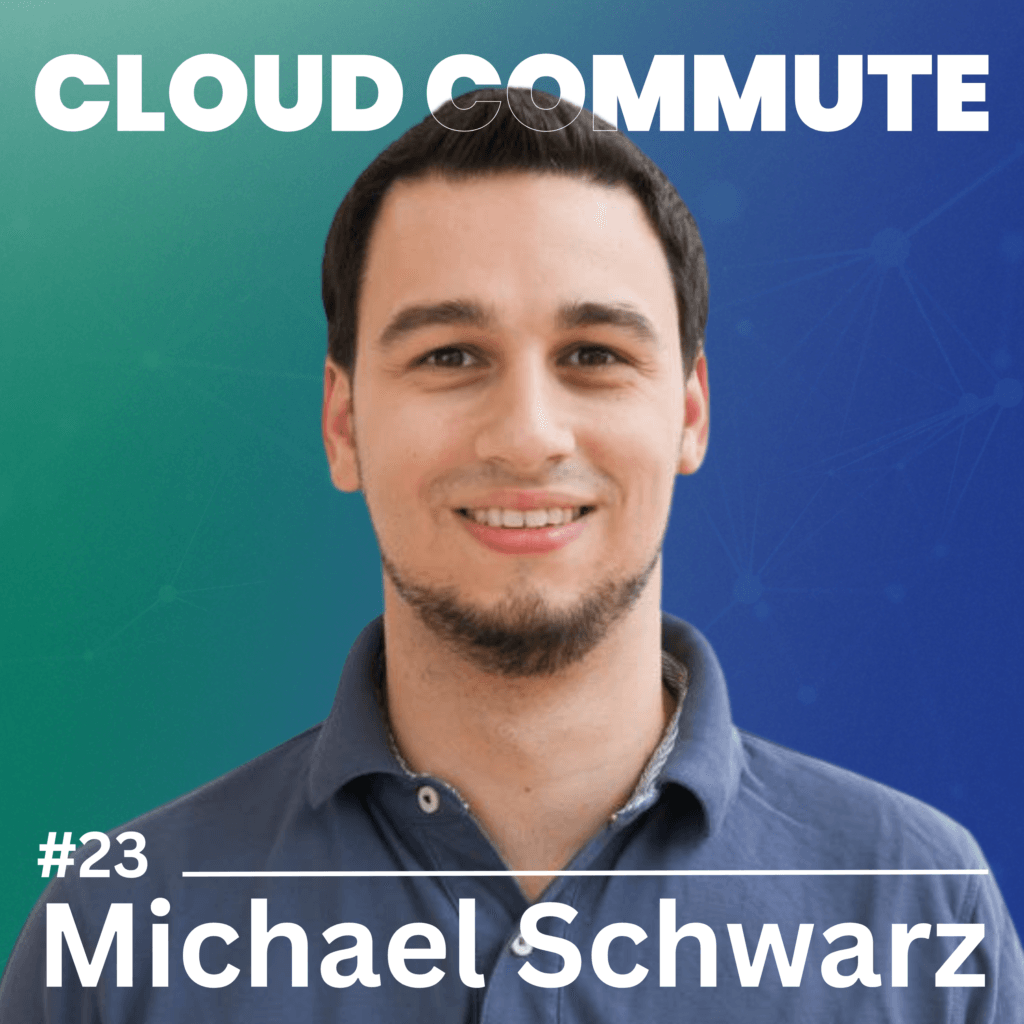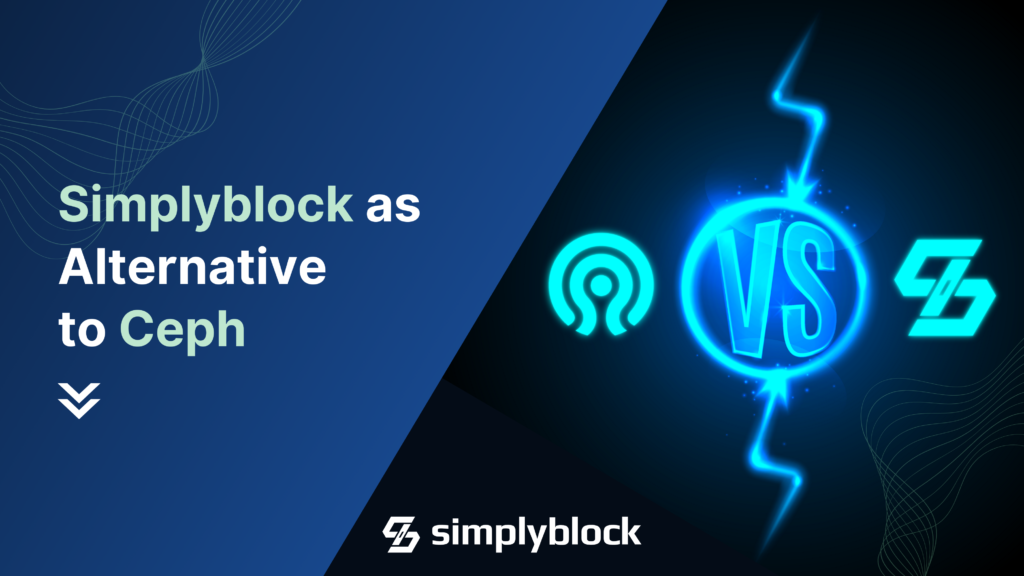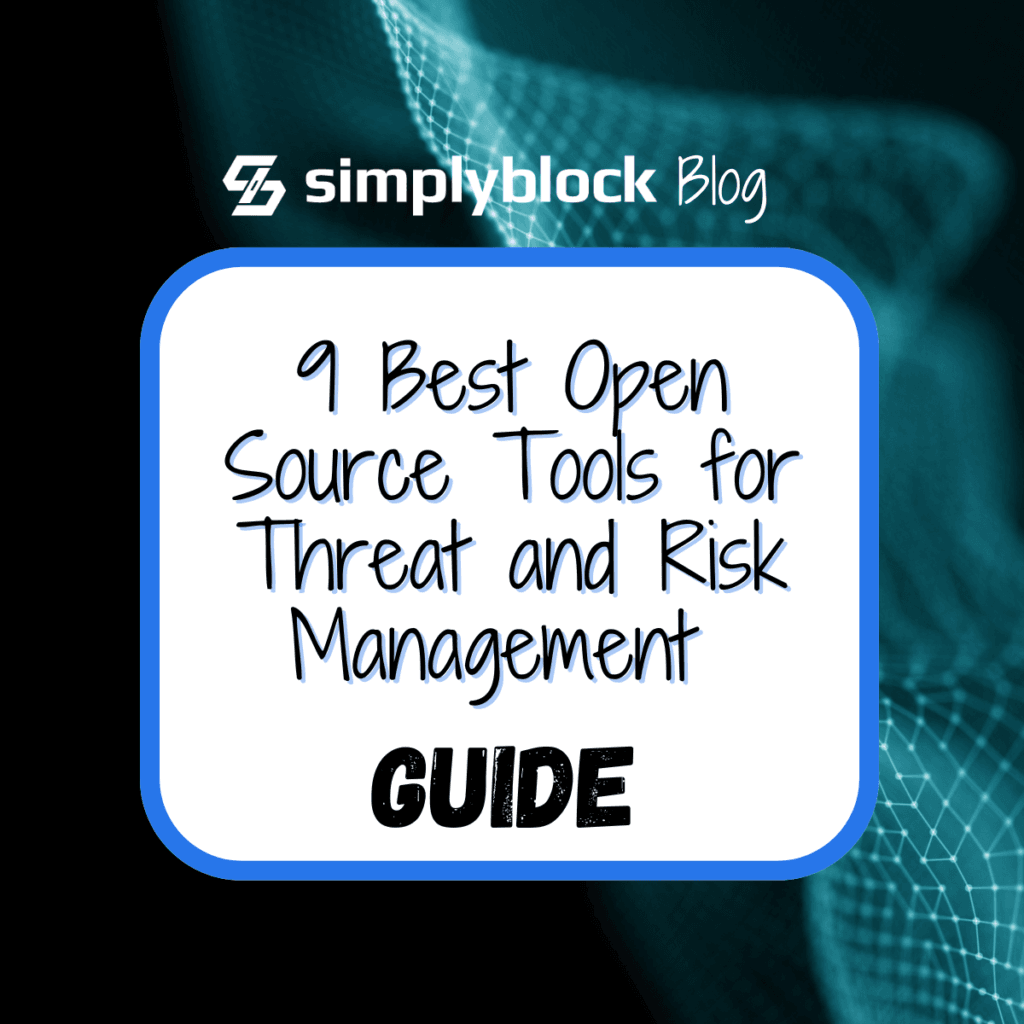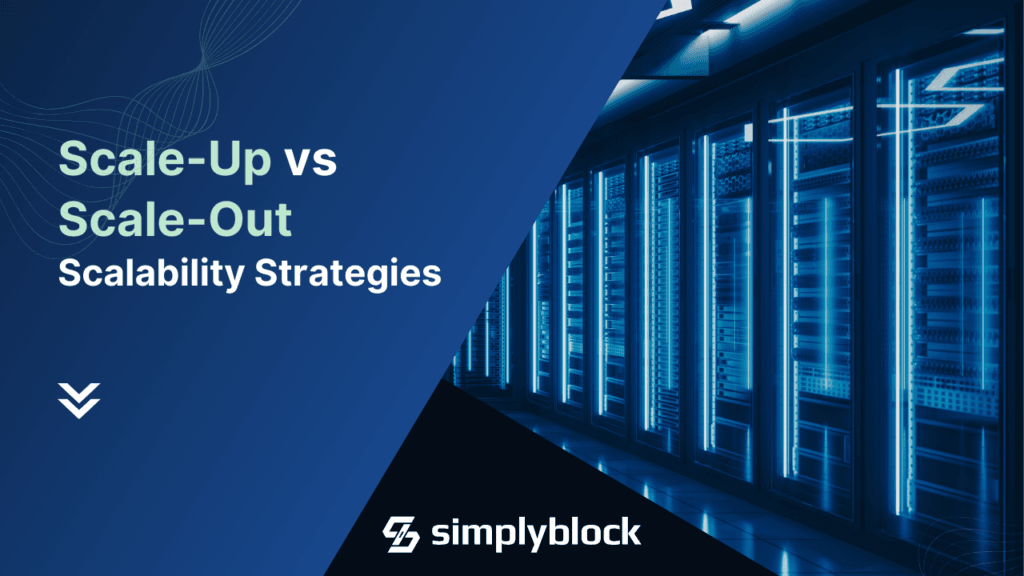
Introduction:
In this episode of simplyblock’s Cloud Commute podcast, Chris Engelbert sits down with Michael Schwarz, a prominent researcher in cloud security, to discuss side-channel attacks and CacheWarp.
Michael explains how CacheWarp exploits CPU vulnerabilities, shedding light on the risks these attacks pose to cloud platforms, especially in multi-tenant environments. With cloud computing at the core of modern infrastructure, understanding how side-channel attacks work and how to mitigate them is critical for anyone working in cloud security.
This interview is part of the simplyblock Cloud Commute Podcast, available on Youtube , Spotify , iTunes/Apple Podcasts , and our show site.
Key Takeaways
What is a Side-channel Attack, and how does it Work in Cloud Environments?
A side-channel attack occurs when an attacker gains access to sensitive information by analyzing the indirect data a system emits during operations, such as timing information, power consumption, or electromagnetic leaks. In cloud environments, side-channel attacks become especially dangerous because resources like CPUs, caches, and memory are often shared between multiple tenants, allowing malicious actors to exploit shared resources to extract private data.
What is CacheWarp, and how does it Affect Cloud Security?
CacheWarp is a specific type of side-channel attack that exploits vulnerabilities in CPU cache management. By manipulating the way cache memory stores and retrieves data, attackers can infer sensitive information, such as cryptographic keys, from other users sharing the same physical hardware. This is particularly concerning in cloud environments, where multi-tenant architectures rely heavily on shared CPU resources. CacheWarp targets the underlying hardware rather than the software, making traditional security measures like encryption ineffective in protecting against it.
What are the Security Risks of Shared Resources in Cloud Environments?
Shared resources like CPU caches, memory, and network bandwidth are commonly used in cloud computing to maximize efficiency. However, these shared environments introduce risks, as attackers can exploit vulnerabilities in these resources to perform side-channel attacks. This allows malicious actors to extract sensitive information from other tenants sharing the same infrastructure, even if the victim is using robust encryption and security practices.

In addition to highlighting the key takeaways, it’s essential to provide deeper context and insights that enrich the listener’s understanding of the episode. By offering this added layer of information, we ensure that when you tune in, you’ll have a clearer grasp of the nuances behind the discussion. This approach enhances your engagement with the content and helps shed light on the reasoning and perspective behind the thoughtful questions posed by our host, Chris Engelbert. Ultimately, this allows for a more immersive and insightful listening experience.
Key Learnings
How do Side-channel Attacks Affect Multi-tenant Environments in Cloud Platforms?
Multi-tenant environments, where multiple users or organizations share the same physical hardware, are particularly vulnerable to side-channel attacks. In such setups, attackers can exploit shared CPU caches or memory to access sensitive data from other tenants. Even with strict virtual machine (VM) isolation, these attacks can bypass the logical boundaries set up by the hypervisor, creating serious security risks.
Simplyblock Insight:
In a cloud infrastructure, ensuring secure multi-tenant environments requires not only software isolation but also physical resource isolation. Simplyblock’s cloud storage solutions are designed with security in mind, offering multi-tenant resource allocation with per logical volume encryption for high-security workloads, preventing unauthorized data leakage and protecting tenant’s data on side-channel vulnerabilities.
What are the best Practices to Protect against Side-channel Attacks in Cloud Infrastructure?
Protecting cloud infrastructure from side-channel attacks requires a combination of hardware and software mitigations. Techniques like cache partitioning, disabling hyperthreading, and implementing secure enclave technologies (such as AMD SEV and Intel SGX) can reduce the risk of these attacks. Additionally, regular hardware and firmware updates, as well as encrypting data in transit and at rest, are essential for maintaining robust cloud security.
Simplyblock Insight:
Defending against side-channel attacks starts with choosing the right cloud provider. Simplyblock ensures that its infrastructure is constantly updated with the latest security patches and hardware mitigations. By employing advanced technologies like secure enclaves and resource isolation, simplyblock provides a secure environment for its users, mitigating the risks posed by side-channel attacks.
What are the Potential Consequences of Side-channel Attacks on Cryptographic Keys?
Side-channel attacks can lead to the leakage of cryptographic keys, potentially compromising encrypted data. If an attacker is able to extract private keys from memory or CPU cache, they can decrypt sensitive data, impersonate users, or intercept secure communications. This can result in severe security breaches, especially in cloud environments where multiple users rely on shared resources.
Simplyblock Insight:
Cryptographic security is only as strong as the infrastructure it runs on. Simplyblock’s approach to isolating resources and preventing side-channel access ensures that sensitive operations, such as encryption, remain protected from unauthorized access, providing peace of mind to developers working with high-security data.
Additional Nugget of Information
What are the Future Trends in Cloud Security and Side-channel Attack Mitigation?
As cloud computing becomes more ubiquitous, the future of CPU security will focus on addressing hardware vulnerabilities at their core. Emerging trends include the development of CPUs designed with side-channel mitigation from the ground up, improved secure enclaves for isolated computing, and enhanced encryption techniques that protect data even when hardware vulnerabilities are present. Additionally, cloud providers will continue to adopt advanced monitoring tools to detect and respond to these types of attacks in real time.
Conclusion
As cloud computing continues to evolve, understanding and mitigating side-channel attacks is crucial for maintaining a secure environment, especially in multi-tenant setups where shared resources are common. With attacks like CacheWarp highlighting the vulnerabilities in modern CPU architectures, it’s more important than ever to stay ahead of these threats by implementing hardware-level protections and securing shared resources.
At simplyblock, we take cloud security seriously. By offering solutions that combine resource isolation, encryption, and hardware mitigations, we ensure that your workloads are protected from even the most advanced side-channel attacks. Our cloud infrastructure is designed to give you peace of mind, allowing you to focus on building and growing your applications without worrying about data breaches.
For more insights into cloud security and the latest developments in technology, be sure to tune in to future episodes of the Cloud Commute podcast!



